
We visited this Museum during our stay in Batumi, which was the first city we visited in Georgia during a Summer roadtrip we did throughout this country in July 2023.
The Museum was founded in 1994 and is considered one of the most important scientific, educational and cultural centers in Georgia. It presents a variety of materials found in the territory of Adjara, which includes periods from the Stone Age to the Middle Ages. While the Museum is not that big, we were able to find stone tools, bronze, glass and ceramic pottery, a collection of coins, jewelry and many other interesting exhibits while going through it.
The museum has a rich gold fund, where the samples of Colchian goldsmiths occupy an important place. The oldest exhibits at the museum include stone tools found in the mountains of Adjara, near the resort of Beshumi, which seem to be 300-400 thousand years old. The Museum provides a useful and engaging overview of the cultural development of western Georgia in different periods and its connections with other states and regions. I’d say the diverse material preserved here makes a great impression on the visitor.
The Museum’s exhibition shows how a transition from an economy based on hunter-gathering and fishing to a manufacturing economy took place about 10,000 years ago. The next periods of development – the Eneolithic-Early Bronze ages (5th-3th millennia BC), especially the Late Bronze and Early Iron ages, are represented by rich and diverse museum pieces. The Chorokhi river basin is identified as one of the ancient centres of metallurgy, which in the 2nd millennium BC turned to be the cradle of the western Georgian (Colchian) tribal culture. The ancient Greek myth of the Argonauts was associated with this place.
The museum pieces on display, such as imported and local-made plain and painted ceramics, terracotta figurines, objects of toreutics and goldwork, polychrome glass vessels, iron and bronze goods discovered in Pichvnari, Apsaros, Makho, Kapandibi and Tsikhisdziri , witness to close trade-economic and cultural relations with the Classical world, as well as the results of Greek colonization, Roman and Byzantine expansion.
These are some photos of the items and places in the Museum that capture my attention most:

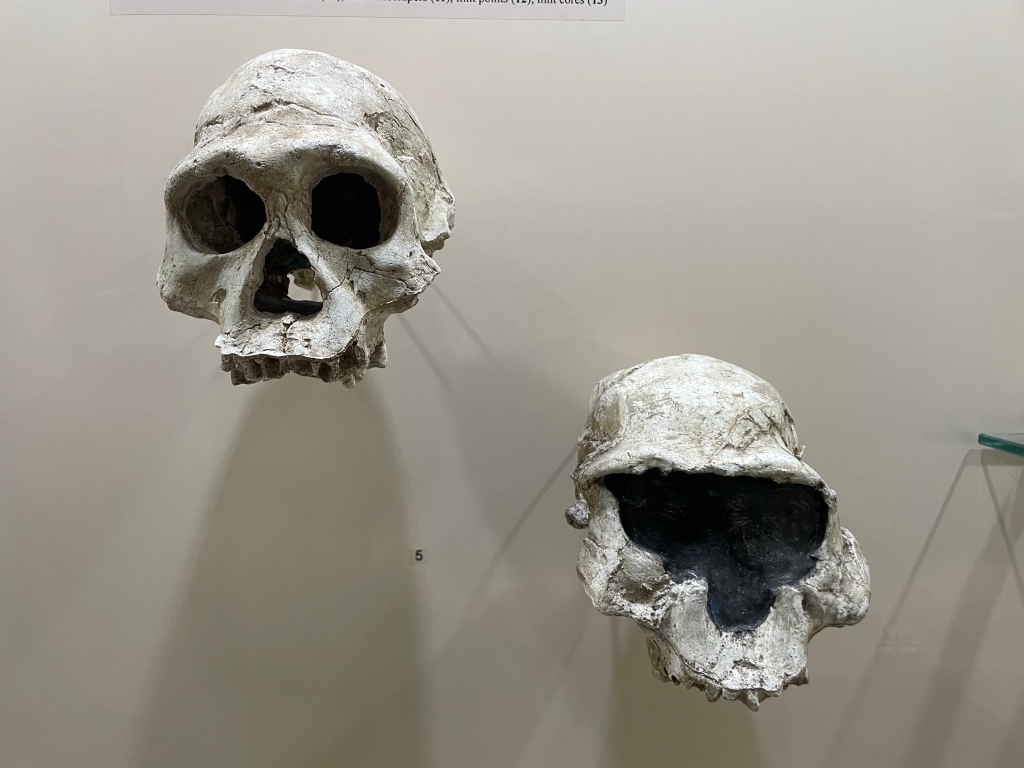



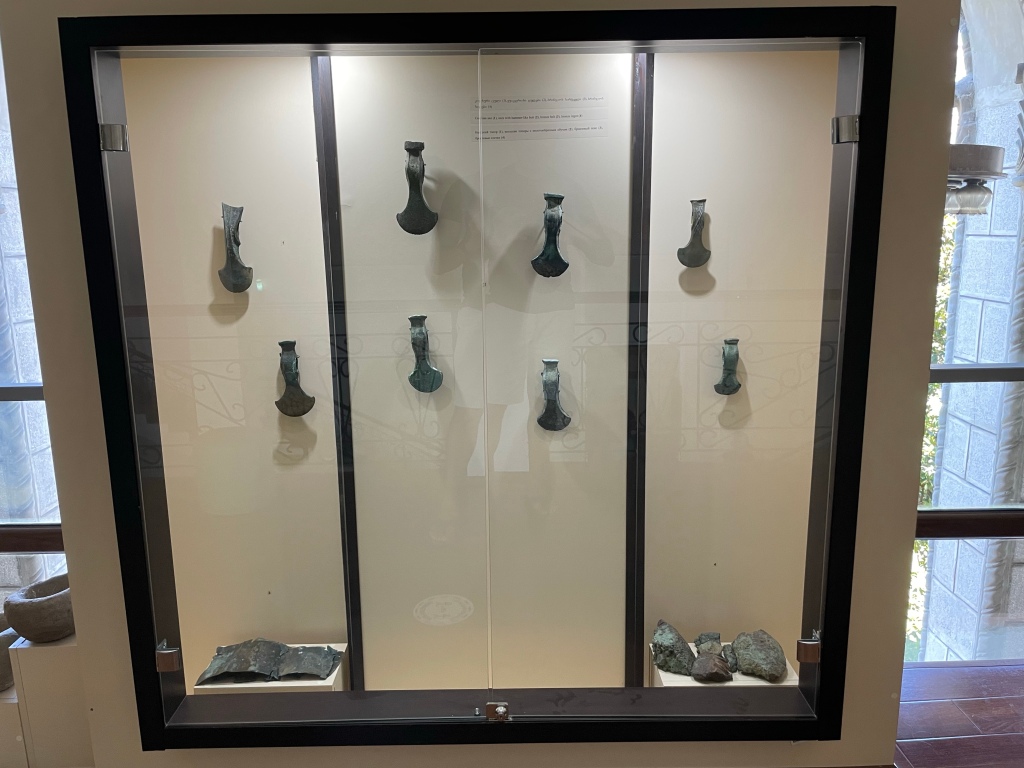






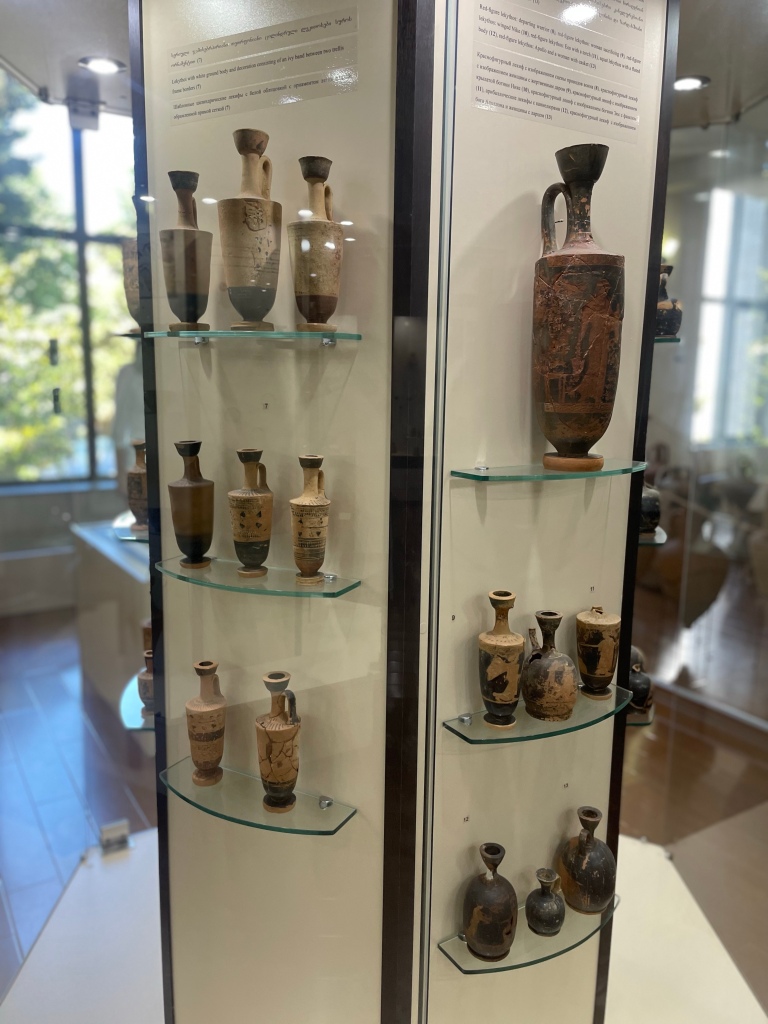
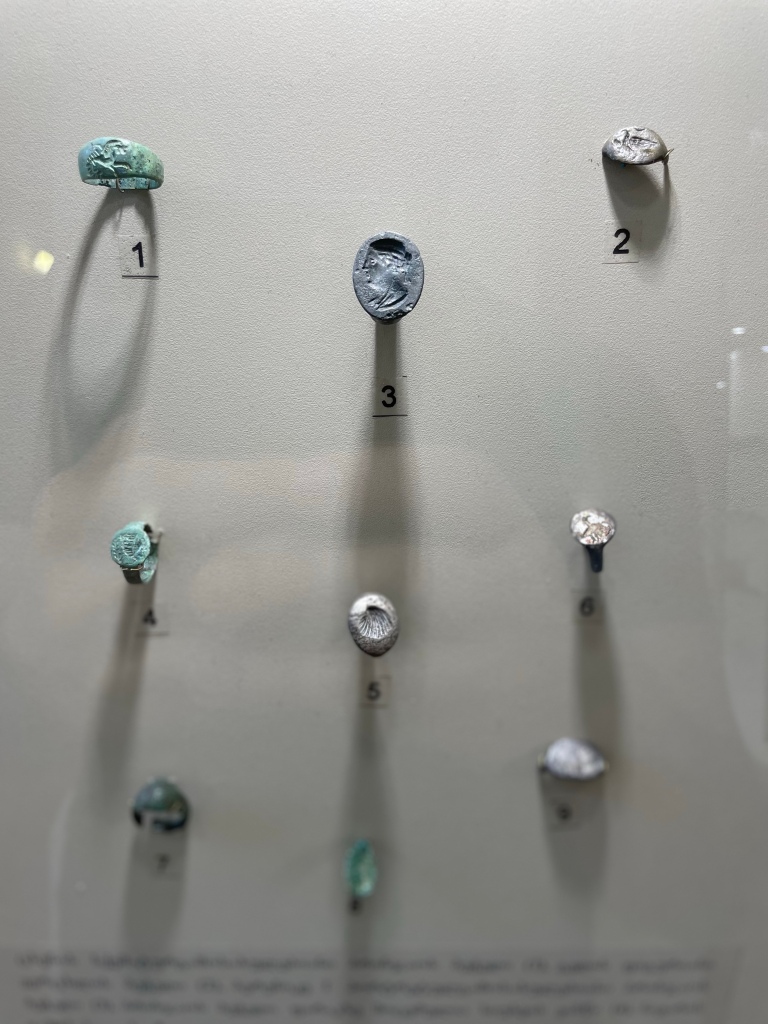
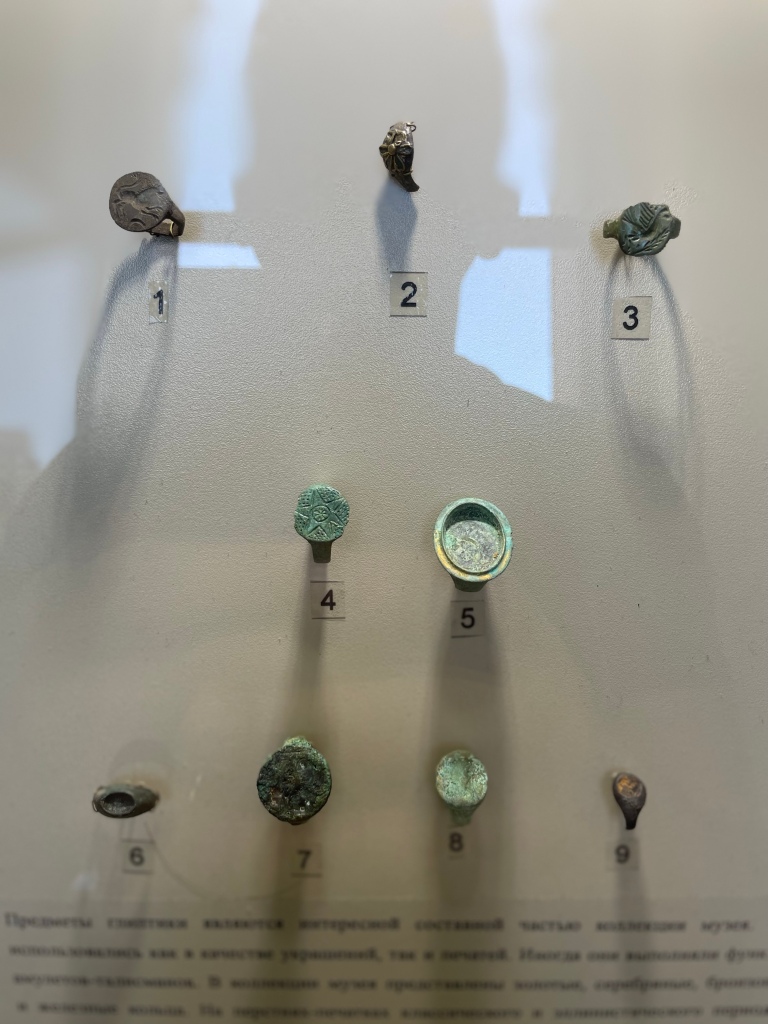
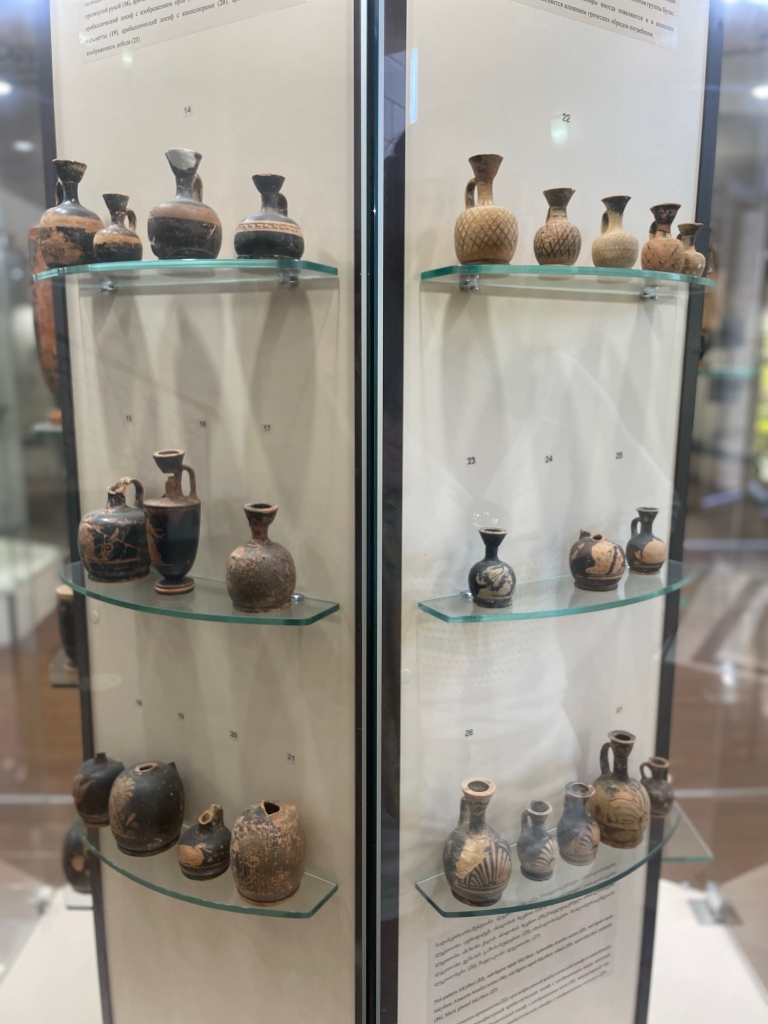



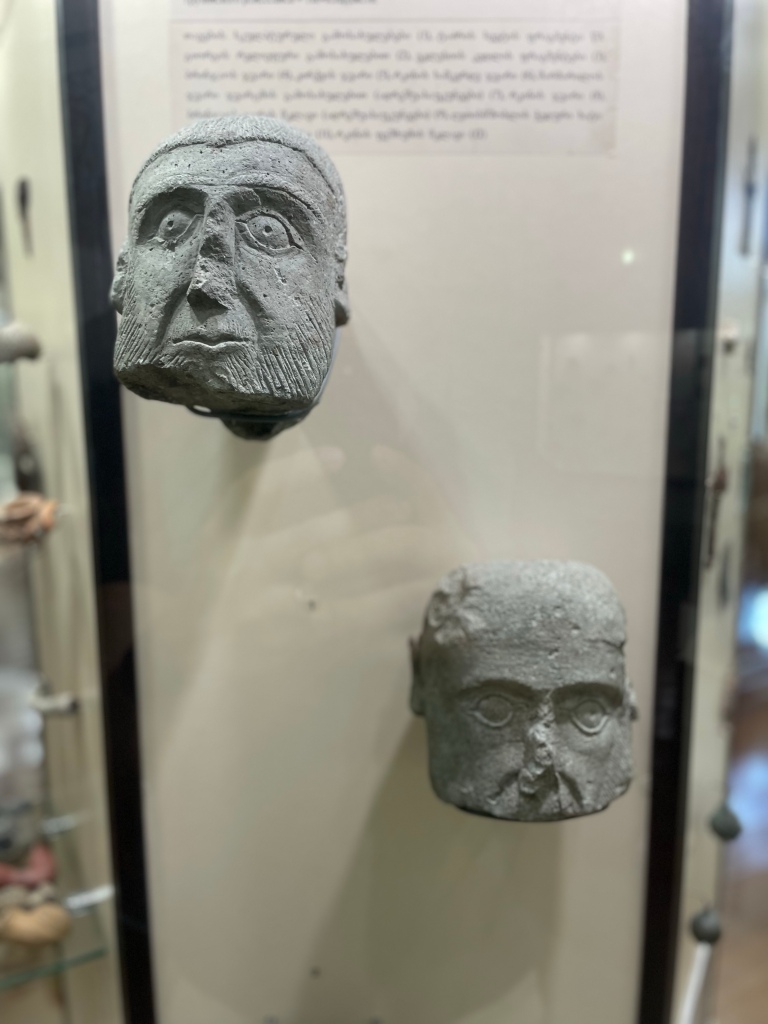

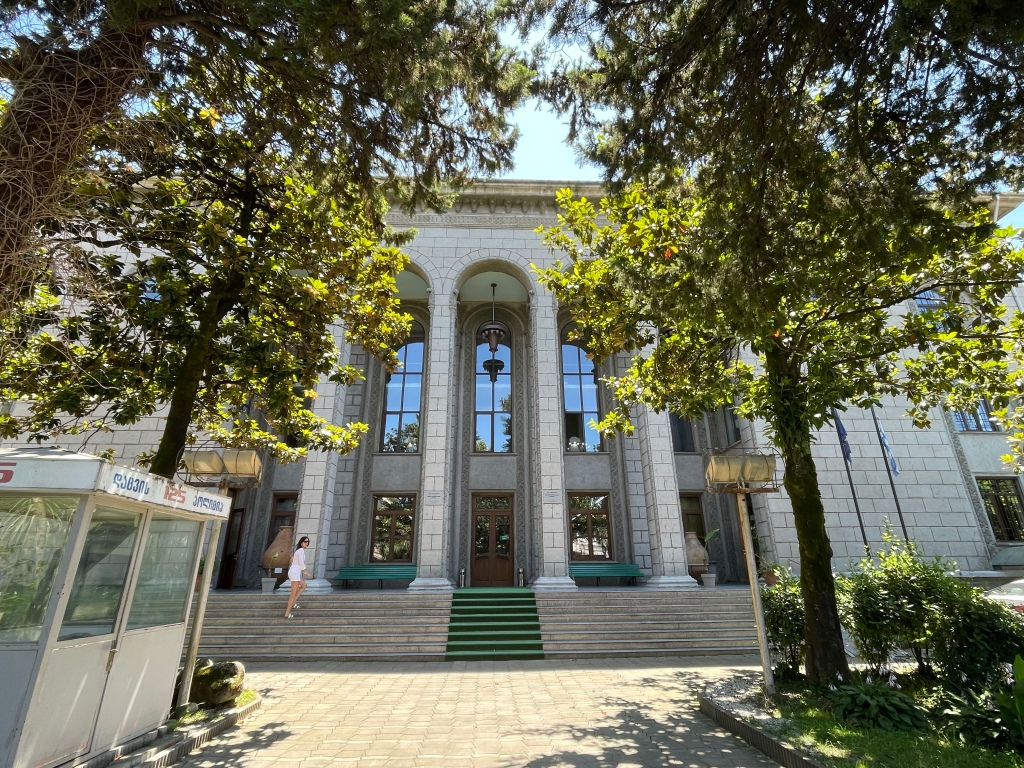
Leave a comment